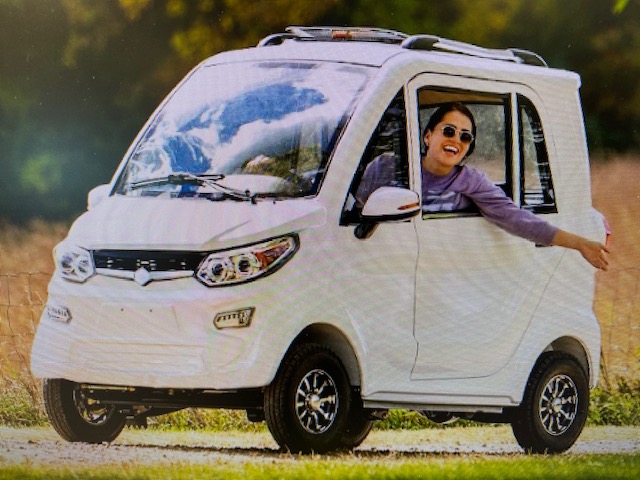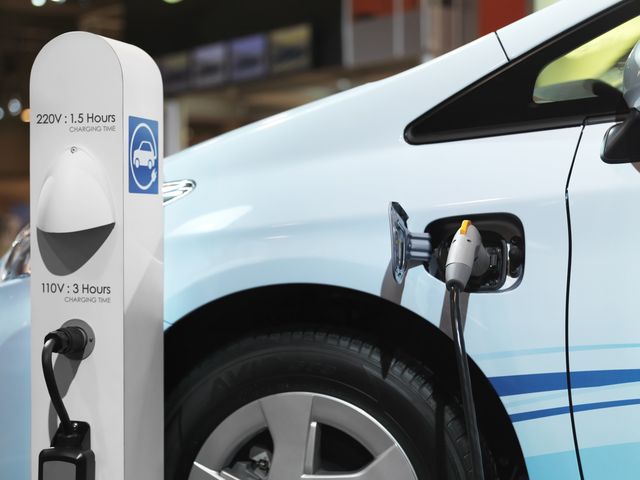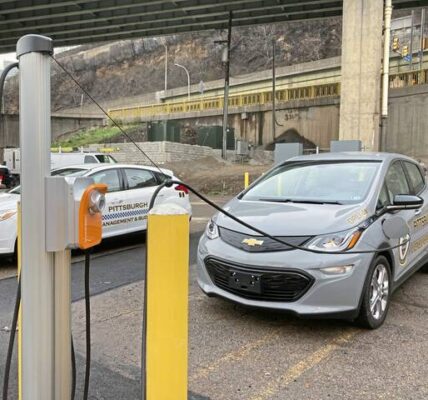In the realm of technology and transportation, the development and widespread adoption of autonomous vehicles have been nothing short of a revolution. Autonomous vehicles, commonly referred to as self-driving cars, are reshaping the way we think about transportation, safety, and even urban planning. This article delves into the evolution of autonomous vehicles and explores the exciting journey they have undertaken, along with the promising future they promise to bring.
The Genesis of Autonomous Vehicles
The idea of autonomous vehicles traces its roots back to the early 20th century, with some initial experiments and concepts emerging in the 1920s. However, it wasn’t until recent decades that the concept truly gained momentum. The development of advanced sensors, GPS technology, and artificial intelligence has been the driving force behind the growth of autonomous vehicles.
Key Milestones
- DARPA Grand Challenge (2004): The Defense Advanced Research Projects Agency (DARPA) held a competition that challenged teams to build self-driving vehicles capable of navigating rough desert terrain. This event marked a pivotal moment, spurring innovation in the autonomous vehicle industry.
- Google’s Entry (2009): Google’s self-driving car project, now known as Waymo, has been at the forefront of autonomous vehicle technology. Their ambitious project opened the door for many other companies to venture into this field.
- Legislation and Regulation (2010s): Governments worldwide began to create regulatory frameworks and policies to ensure the safe operation of autonomous vehicles on public roads. This step has been critical in fostering industry growth.
The Present State of Autonomous Vehicles
As of 2023, the autonomous vehicle landscape has evolved significantly. These vehicles are no longer just a theoretical concept; they are a tangible reality on our roads. Companies like Tesla, Waymo, Uber, and traditional automakers like GM and Ford have invested heavily in autonomous vehicle research and development.
The Technological Advancements
- Sensors and Perception: Autonomous vehicles are equipped with a multitude of sensors, including LiDAR, radar, cameras, and ultrasonic sensors, enabling them to perceive and navigate their surroundings with precision.
- Machine Learning and AI: Artificial intelligence and machine learning algorithms allow these vehicles to continuously improve their driving capabilities. They can adapt to various scenarios, making them safer and more efficient over time.
- Connectivity: V2X (vehicle-to-everything) communication is becoming increasingly important. It enables vehicles to communicate with one another and with infrastructure, enhancing safety and traffic management.
Use Cases
- Ridesharing: Companies like Uber and Lyft are exploring autonomous ride-sharing services, which promise to make transportation more affordable and efficient.
- Logistics and Delivery: Autonomous trucks are being tested for long-haul freight transportation, potentially reducing delivery costs and improving supply chain efficiency.
- Public Transportation: Autonomous buses and shuttles are being deployed in some cities, providing convenient and eco-friendly transit options.
Challenges and Concerns

While the future of autonomous vehicles is promising, it’s not without its share of challenges and concerns. Some of the most pressing issues include:
- Safety: Ensuring the safety of passengers and pedestrians is paramount. Autonomous vehicles must navigate complex and often unpredictable environments without incident.
- Regulatory Hurdles: Developing a comprehensive legal framework to regulate autonomous vehicles is a significant challenge. Balancing innovation and public safety is essential.
- Ethical Dilemmas: Autonomous vehicles may face moral dilemmas when making split-second decisions on the road. For instance, choosing between protecting the occupants and minimizing harm to others.
The Road Ahead
The future of autonomous vehicles is full of potential. Here’s what we can anticipate in the coming years:
- Further Technological Advancements: As technology continues to advance, autonomous vehicles will become even safer, more efficient, and more accessible to the public.
- Urban Planning: The widespread adoption of autonomous vehicles will reshape urban landscapes. Reduced parking space, improved traffic flow, and a decrease in traffic accidents are just a few of the potential outcomes.
- Economic Impacts: The autonomous vehicle industry will create new jobs, drive innovation, and influence various sectors, including insurance, infrastructure, and data analytics.
Conclusion
The evolution of autonomous vehicles is a testament to human innovation and our unyielding desire to improve transportation. From their humble beginnings to their current advanced state, self-driving cars have come a long way. While challenges remain, the future of autonomous vehicles holds tremendous promise, and we can anticipate a world where our roads are safer, more efficient, and less congested. Check out this official blog to find additional tips and information about automobiles.











